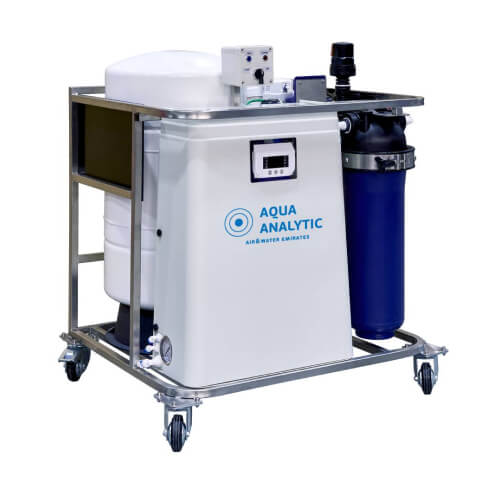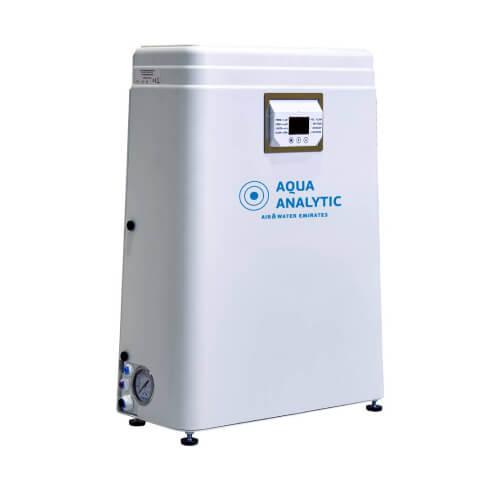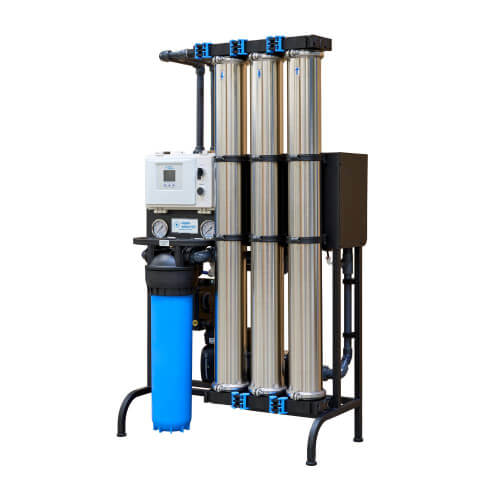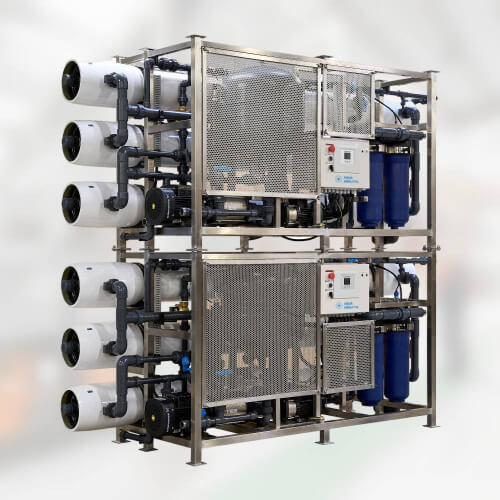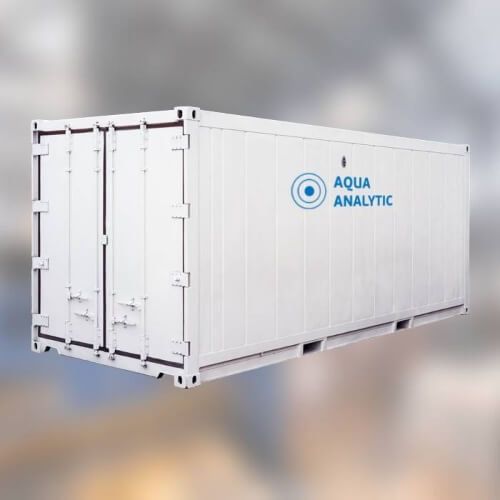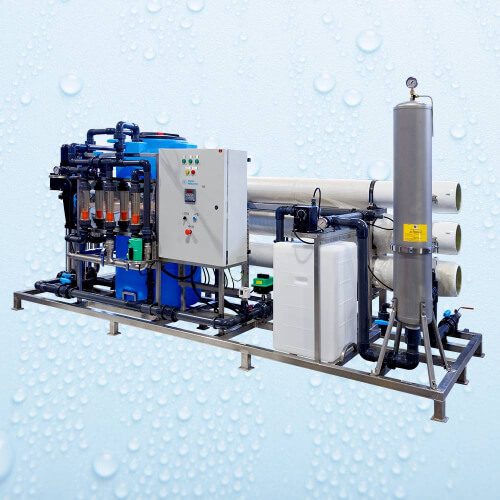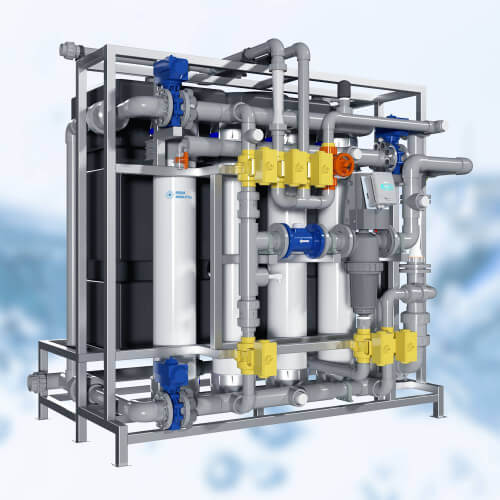How to increase the life time of reverse osmosis membranes

Increasing the lifespan of reverse osmosis (RO) membranes is crucial for maintaining the efficiency and cost-effectiveness of an RO system. Here are some key practices to extend the life of RO membranes.
How to increase the life time of reverse osmosis membranes
Increasing the lifespan of reverse osmosis (RO) membranes is crucial for maintaining the efficiency and cost-effectiveness of an RO system. Here are some key practices to extend the life of RO membranes:
- Proper Pretreatment: Effective pretreatment is essential to protect RO membranes from fouling and damage. Pre-filtration steps like sediment filtration, carbon filtration, and ultrafiltration remove larger particles, sediment, chlorine, and organic matter that can foul or degrade the membranes. Adequate pretreatment helps maintain membrane integrity and performance.
- Regular Maintenance: Follow a routine maintenance schedule recommended by the manufacturer. This includes cleaning and replacing filters, cartridges, and other components as needed. Keeping the system clean prevents fouling and buildup of contaminants that can reduce membrane life.
- Optimized Operation Parameters: Maintain optimal operating conditions for the RO system. This includes monitoring and controlling pressure, flow rates, temperature, and pH levels. Operating within the recommended ranges helps prevent membrane damage and extends their lifespan.
- Chemical Cleaning: Periodic chemical cleaning of RO membranes is crucial to remove accumulated foulants and deposits that hinder performance. Use appropriate cleaning solutions and follow manufacturer guidelines for frequency and procedure to ensure effective cleaning without damaging the membranes.
- Monitor Feedwater Quality: Regularly test and monitor the quality of the feedwater going into the RO system. Adjust pretreatment processes if necessary to prevent excessive fouling and contamination of the membranes.
- Avoiding Chlorine Exposure: Chlorine can damage RO membranes. Ensure that the feedwater is adequately dechlorinated before entering the RO system. Use carbon filters or other dechlorination methods to remove chlorine from the water.
- Preventive Measures Against Scaling: Control scaling by monitoring and managing the concentration of minerals and salts in the feedwater. Implement antiscalant dosing if necessary to prevent scale buildup on the membranes.
- System Flushing and Storage: Properly flush the RO system before long-term storage or shutdown to prevent microbial growth, fouling, and damage. Follow manufacturer recommendations for system storage procedures to preserve membrane integrity.
By implementing these practices, maintaining optimal operating conditions, adhering to a regular maintenance schedule, and employing effective pretreatment measures, you can significantly extend the lifespan of reverse osmosis membranes and ensure the continued efficiency of your water purification system.

